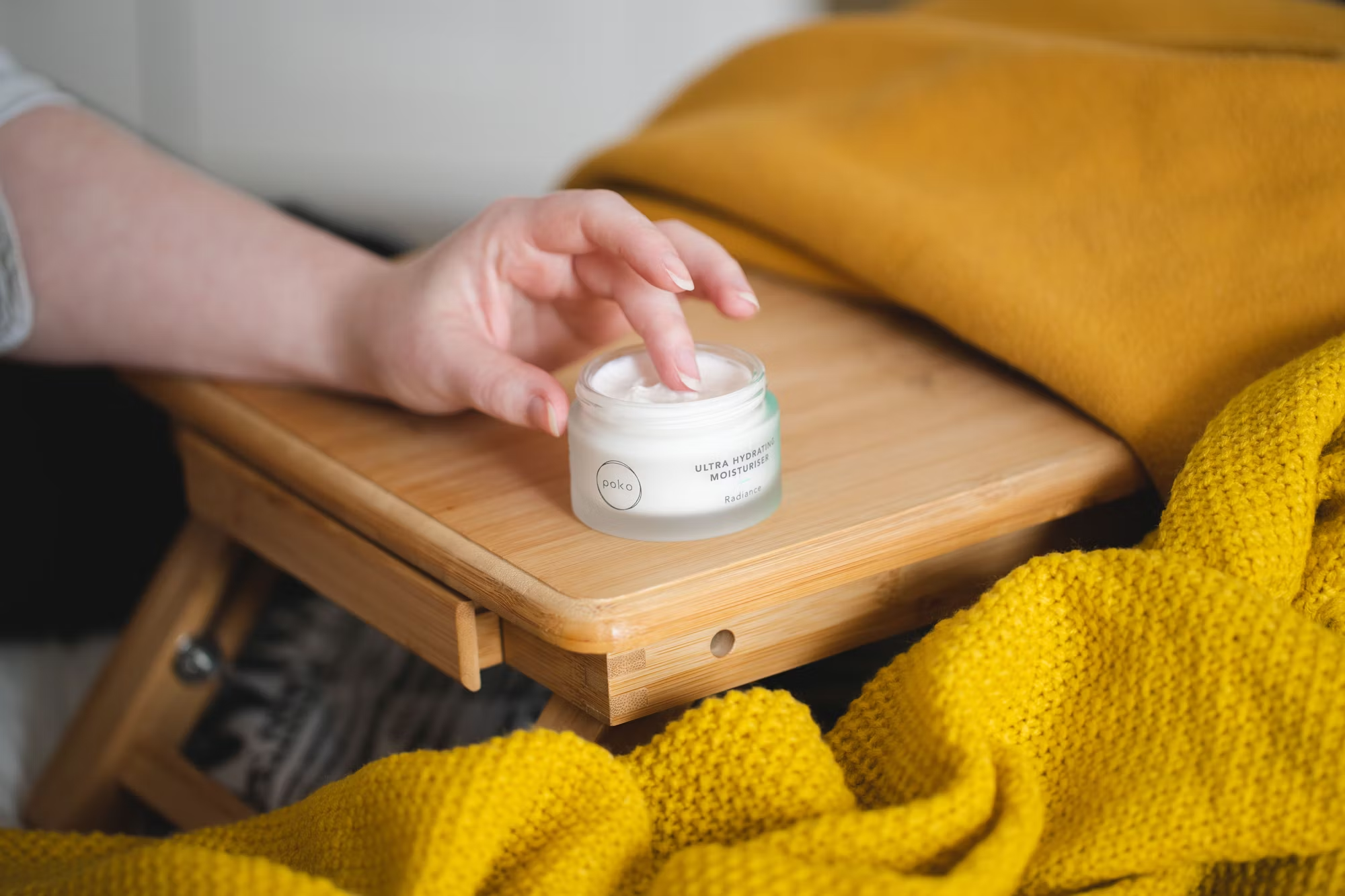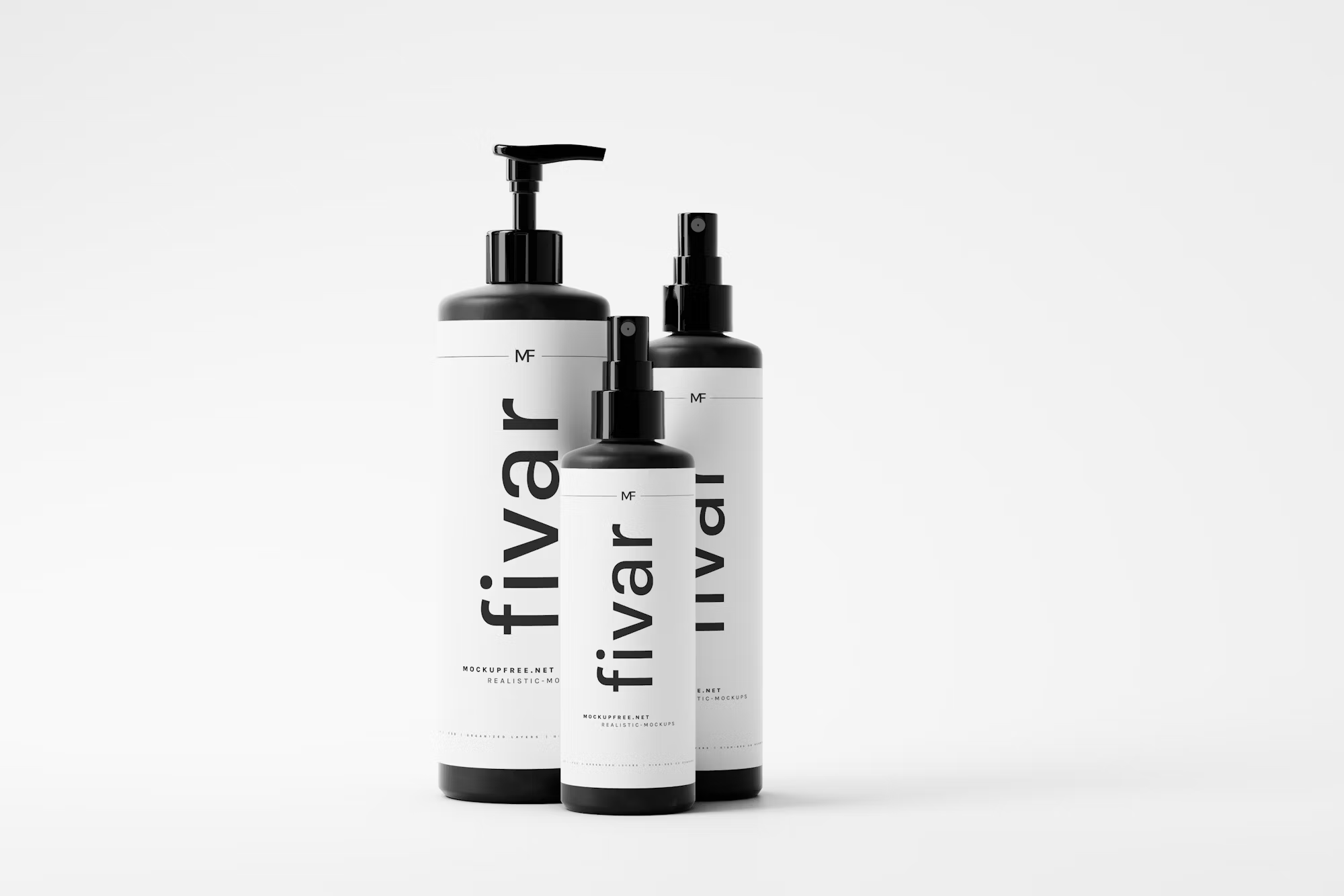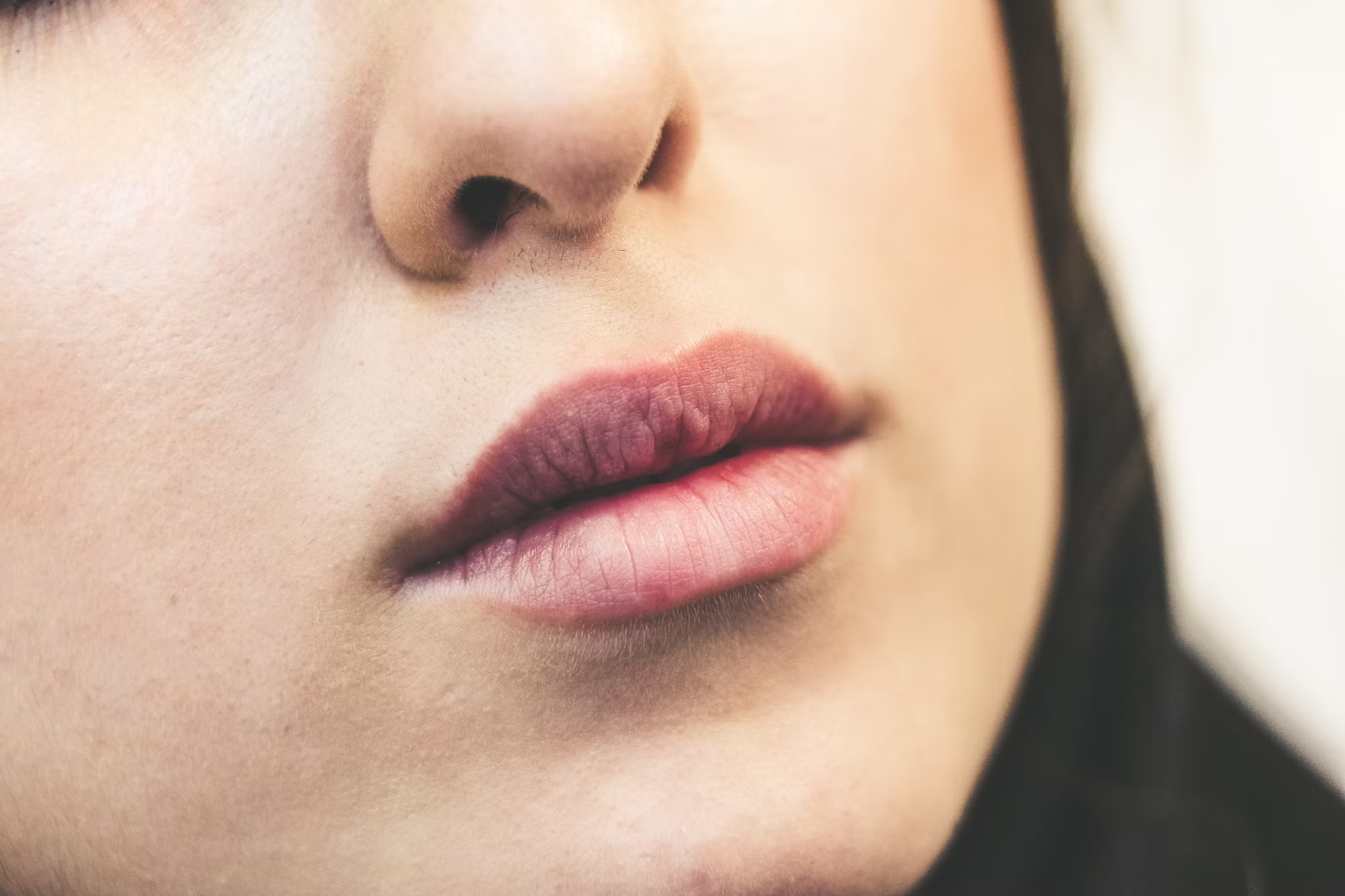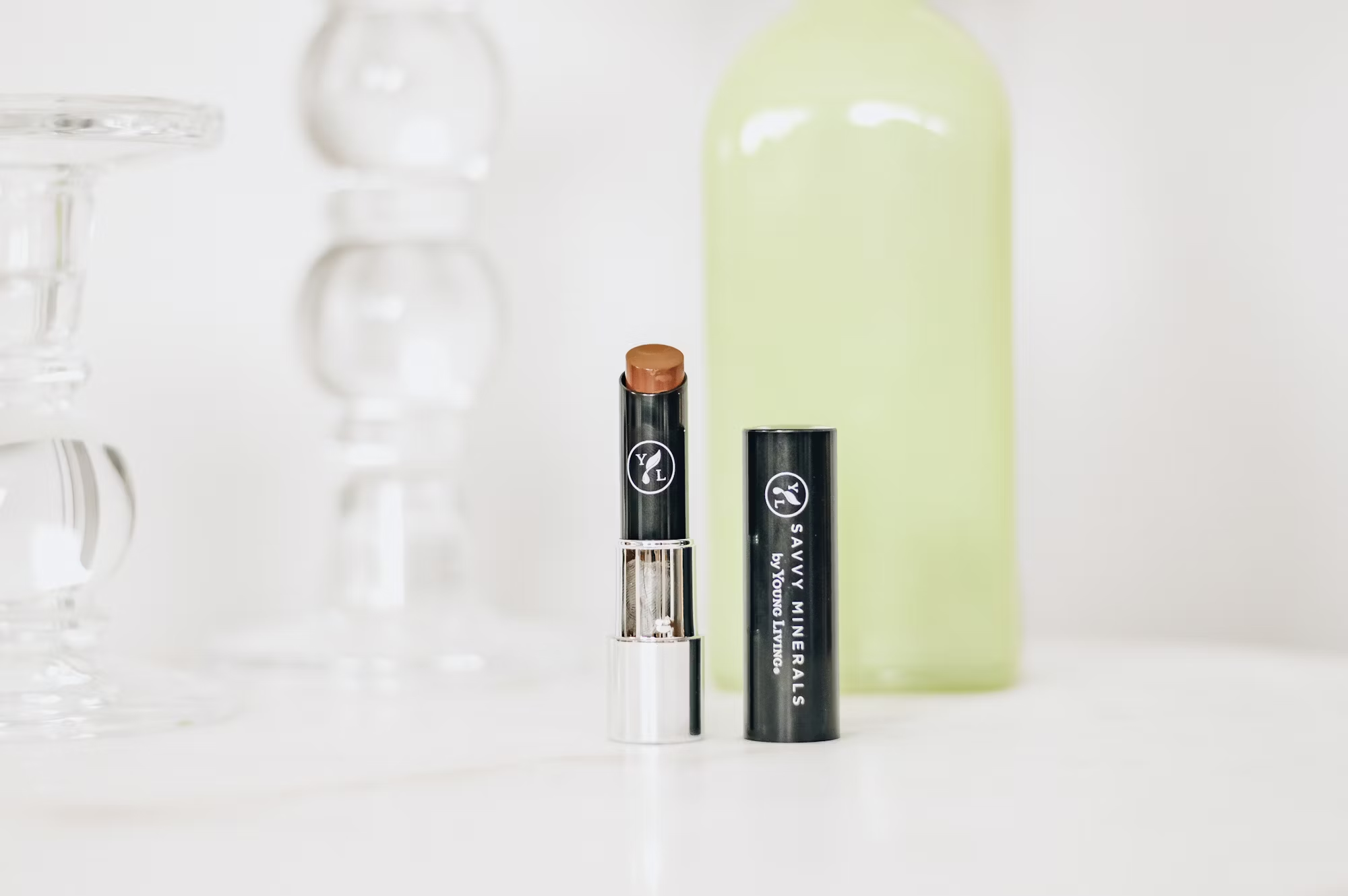In today’s fast-paced world, taking care of our skin can often be overlooked. However, with the right knowledge and tools, achieving a glowing complexion is more attainable than ever. A well-structured skincare routine tailored to your skin type and concerns can make all the difference. This article will provide you with a comprehensive step-by-step guide to building an effective skincare routine, focusing on the essential products and practices that can help your skin look its best.
Understanding Your Skin Type
Before diving into products and routines, it’s crucial to identify your skin type. Common skin types include:
– Normal: Balanced, neither too oily nor too dry, with few imperfections.
– Oily: Prone to shine and breakouts, often with enlarged pores.
– Dry: Flaky, rough, or tight, lacking moisture and oil.
– Combination: A mix of oily and dry areas, often with an oily T-zone and dry cheeks.
– Sensitive: Easily irritated, red, or reactive to products.
Identifying your skin type will help you choose the most suitable products for your routine, ensuring optimal results.
The Essential Steps of a Skincare Routine
A typical skincare routine consists of several key steps. While the specific products you choose may vary based on your skin type, the order of application generally remains consistent. Here’s a step-by-step breakdown:
1. Cleansing
The first step in any skincare routine is cleansing. A good cleanser removes dirt, makeup, and impurities from the skin’s surface, setting the stage for the rest of your routine. Depending on your skin type, you can choose from various cleansers:
– Gel Cleansers: Ideal for oily and combination skin, gel cleansers help remove excess oil without over-drying.
– Cream Cleansers: Suitable for dry or sensitive skin, cream cleansers provide hydration while cleansing.
– Oil Cleansers: Effective for removing makeup and impurities, oil cleansers can work for all skin types, especially when followed by a second cleanse.
2. Toning
Toners are often misunderstood but play a crucial role in prepping the skin for subsequent products. They help restore the skin’s pH balance, remove any remaining impurities, and can provide additional hydration. Choose alcohol-free toners with soothing ingredients like rose water or chamomile to avoid irritation.
– How to Use: Apply toner using a cotton pad or by patting it directly onto the skin with your hands.
3. Exfoliation
Exfoliation is essential for removing dead skin cells and promoting cell turnover. It helps prevent clogged pores and improves skin texture. There are two main types of exfoliants:
– Physical Exfoliants: Contain small granules or particles to manually scrub the skin. Use them gently to avoid irritation.
– Chemical Exfoliants: Include AHAs (like glycolic acid) and BHAs (like salicylic acid) that dissolve dead skin cells and unclog pores. They are generally gentler than physical exfoliants.
Frequency: Exfoliate 1-3 times a week, depending on your skin’s tolerance and type.
4. Serums
Serums are concentrated treatments that address specific skin concerns such as hydration, brightening, or anti-aging. They typically contain active ingredients like vitamin C, hyaluronic acid, or peptides.
– How to Use: After toning, apply a few drops of serum to your fingertips and gently press it into your skin. Focus on areas that need the most attention.
5. Moisturizing
Moisturizers help lock in hydration and create a protective barrier on the skin. They come in various formulations:
– Gel Moisturizers: Lightweight and ideal for oily skin.
– Cream Moisturizers: Thicker and richer, suitable for dry skin.
– Lotions: Versatile for all skin types, balancing hydration without feeling heavy.
How to Use: Apply moisturizer generously to your face and neck, ensuring even coverage.
6. Sunscreen
The final step in your morning routine is sunscreen, which is essential for protecting your skin from harmful UV rays. Daily sun protection helps prevent premature aging and skin damage.
– How to Use: Apply a broad-spectrum sunscreen with at least SPF 30 every morning, even on cloudy days. Reapply every two hours if you’re outdoors.
Additional Steps for Nighttime Skincare
Your nighttime routine may include some additional steps to promote skin repair and rejuvenation:
– Eye Cream: Target concerns like dark circles and puffiness with a specialized eye cream, applying it gently around the eye area.
– Face Masks: Incorporate masks 1-2 times a week for added hydration or treatment, choosing formulations that suit your specific skin needs.
– Spot Treatments: If you experience occasional breakouts, use spot treatments with salicylic acid or benzoyl peroxide directly on blemishes as needed.
Personalizing Your Routine
Everyone’s skin is unique, so it’s essential to personalize your routine based on your specific concerns and lifestyle. Consider factors such as:
– Climate: Your environment can affect your skin’s needs. For example, dry climates may require heavier moisturizers, while humid areas may benefit from lightweight products.
– Season: Your skin’s needs can change with the seasons, often requiring different products in winter versus summer.
– Lifestyle: Factors like diet, stress, and sleep can impact your skin’s health, so it’s essential to consider these aspects when selecting products.
Conclusion
Achieving glowing skin is a journey that involves understanding your skin type, selecting the right products, and following a consistent routine. By incorporating the essential steps of cleansing, toning, exfoliating, applying serums, moisturizing, and protecting with sunscreen, you can create a personalized skincare regimen that promotes healthy, radiant skin. Remember, consistency is key, and with patience and care, you’ll be well on your way to achieving the glowing complexion you desire. Embrace the process, enjoy the self-care moments, and let your skin shine with confidence.





